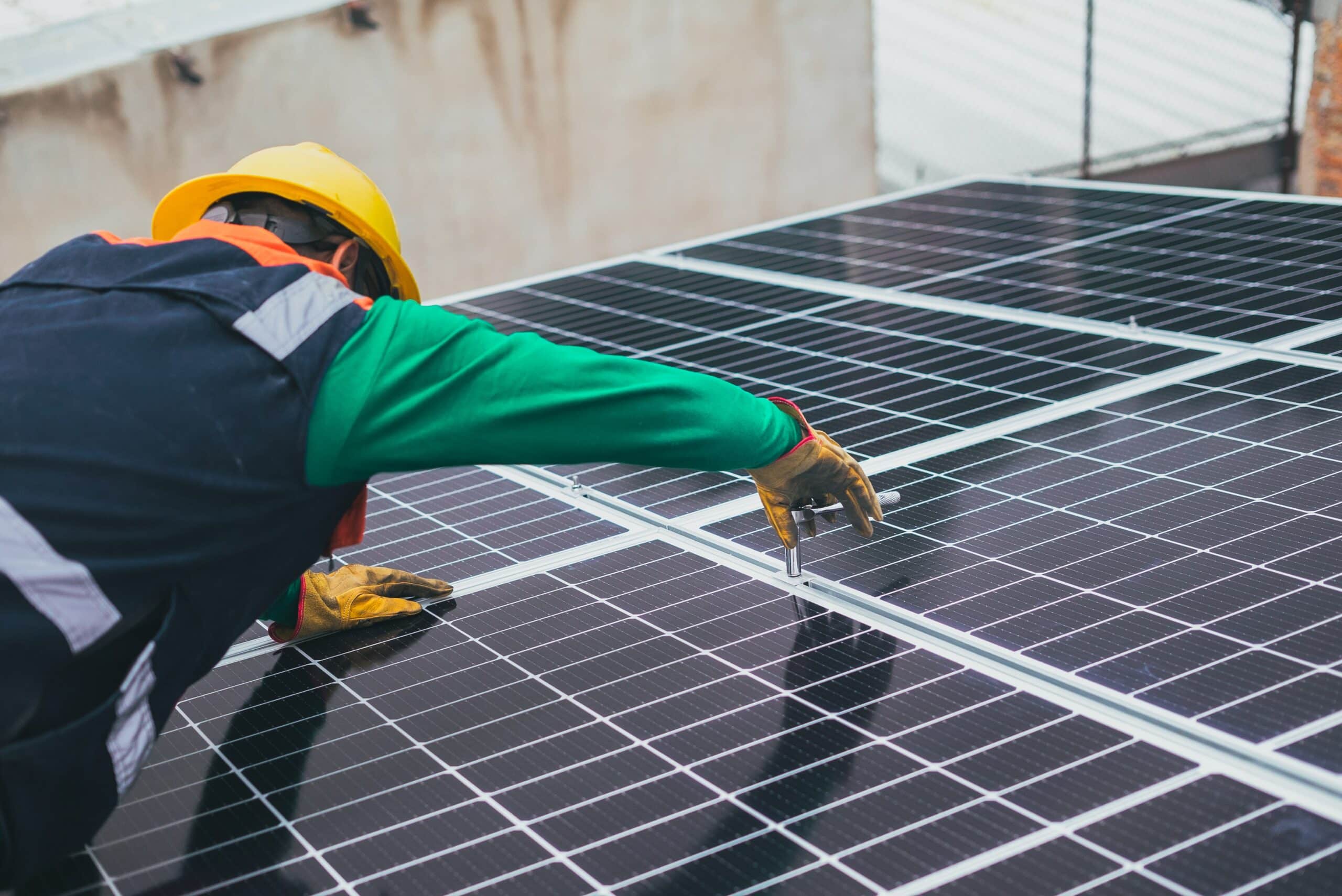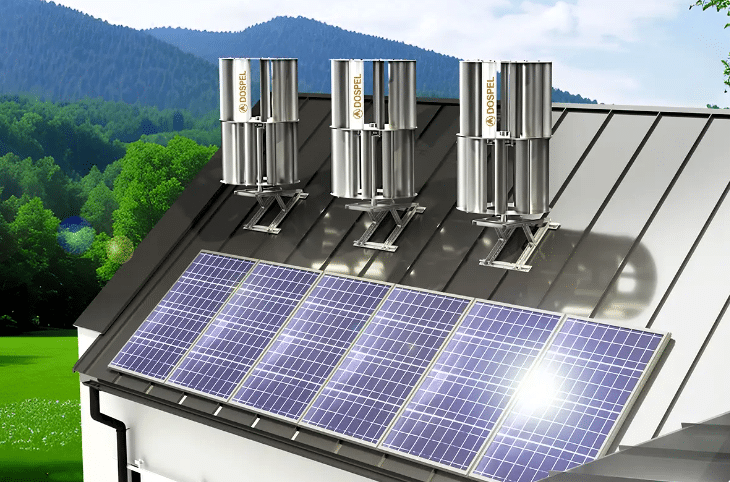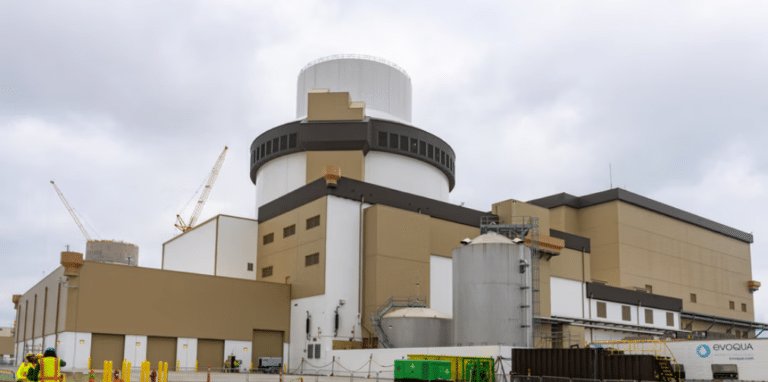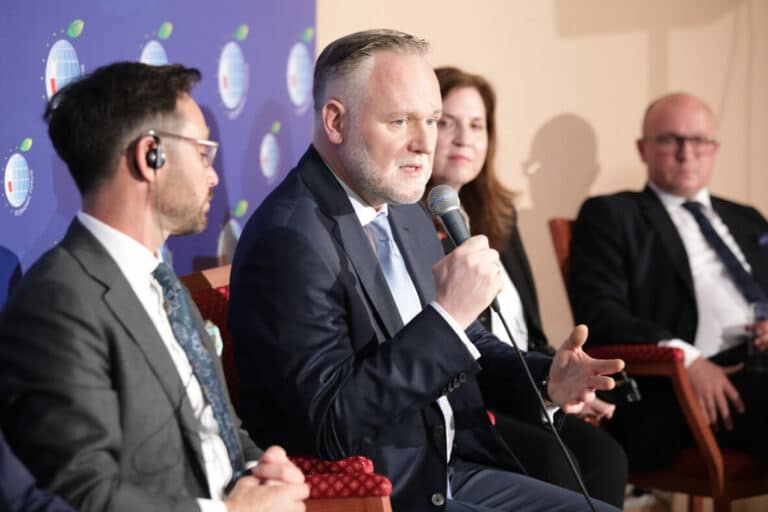DLA Piper: Demand for PV installations in service model growing
More and more companies in Poland, mainly in the real estate and retail sectors, are interested in acquiring PV installations in a service model (PV as a Service – PVaaS). In addition to being able to reduce energy costs and operate more sustainably, service projects allow companies to reduce capital expenditure.
Installations in the service model do not require commercial property owners or their tenants to incur high start-up investment costs and provide a comprehensive service for the PV installation, from the energy and financial audit to the installation, connection, commissioning and servicing, as well as the transfer of ownership of the installation. The entrepreneur makes use of the PV installation installed at his or her premises by paying either a fixed subscription each month or a variable fee calculated on the basis of the degree of use of the installation.
“Currently, every second project we carry out in Poland follows the PVaaS formula. Three years ago, when we launched this model, we acquired customers for a total installation capacity of 5 MWp, and this year our ambition is to get close to 100 MWp,” says Ireneusz Kulka, Country Manager at EDP Energia Polska, a leading supplier of photovoltaic projects in Poland.
“What is important for customers is that this service does not count towards the accounting balance and does not affect the credit rating. The company benefits from all the advantages of RES, i.e. it covers its own electricity needs at lower prices, while at the same time it has insurance, maintenance and replacement of system components provided by the supplier, which relieves it of the organizational burden.”
The demand for projects in the PVaaS model goes hand-in-hand with the dynamic development of the photovoltaic industry in Poland. According to the latest data from the Energy Market Agency, the installed capacity of photovoltaic sources in Poland amounted to 14.7 GW in July, a year-on-year increase of almost 40 per cent. Poland has been at the forefront of European countries in recent years in terms of the growth of installed capacity in this segment of the energy market.
According to DLA Piper’s experts, there are currently no significant barriers at the level of legal provisions that would impede the development of photovoltaics. On the contrary, successive regulatory changes are rather moving in the direction of easing and liberalizing regulations.
“In recent months, changes to the law have come into force that finally confirm that photovoltaic installations on the roofs of buildings generally do not require an environmental decision. Now, by default, any building can have this type of system installed, unless the local zoning plan explicitly prohibits it,” says Oskar Waluskiewicz, Partner and head of the energy practice at DLA Piper in Warsaw.
“The issue of the timing of agreements with electricity system operators remains problematic. On the other hand, in the context of changes to direct line regulations aimed at simplifying and liberalizing procedures in the area of rooftop PV, improvements are also expected.”
Favorable regulatory changes came with the amendment of the Regulation on projects likely to have a significant impact on the environment and the Planning and Spatial Development Act. New regulations on the so-called ‘direct line,’ which are intended to facilitate the sale of electricity from owners of RES installations to customers connected to such installations, have emerged in recent weeks.
The development of renewable energy in the commercial sector will be fostered by high electricity prices, a drop in the price of new technological solutions, as well as regulations aimed at halting climate change.
“Until a few years ago, there was little investment in renewable projects, with the main motivation being an almost single-minded environmental awareness often perceived as a whim or fad. Nowadays, it is a decision that has business backing,” says Emilia Dębowska, Sustainability Director at Panattoni, a leading developer of industrial and logistics properties.
“Regulator requirements and high energy prices are causing property owners and tenants to seek cost-beneficial solutions. Planned regulations, including the requirement for buildings to be partially self-sufficient in energy, as well as the increasingly favorable approach of banks to financing energy transition projects, are significantly accelerating the further development of photovoltaics,” she says.
“In a few years’ time, buildings which do not meet ESG criteria, especially those which are not energy efficient, will be difficult to sell, which makes banks today more willing to provide financing for RES-related investments,” says Michał Bryszewski, Head of Property & Asset Management at Savills consultancy.
“We are carefully analyzing the solutions available today and photovoltaic projects in the service formula are becoming a very valuable option for us,” he concludes.







